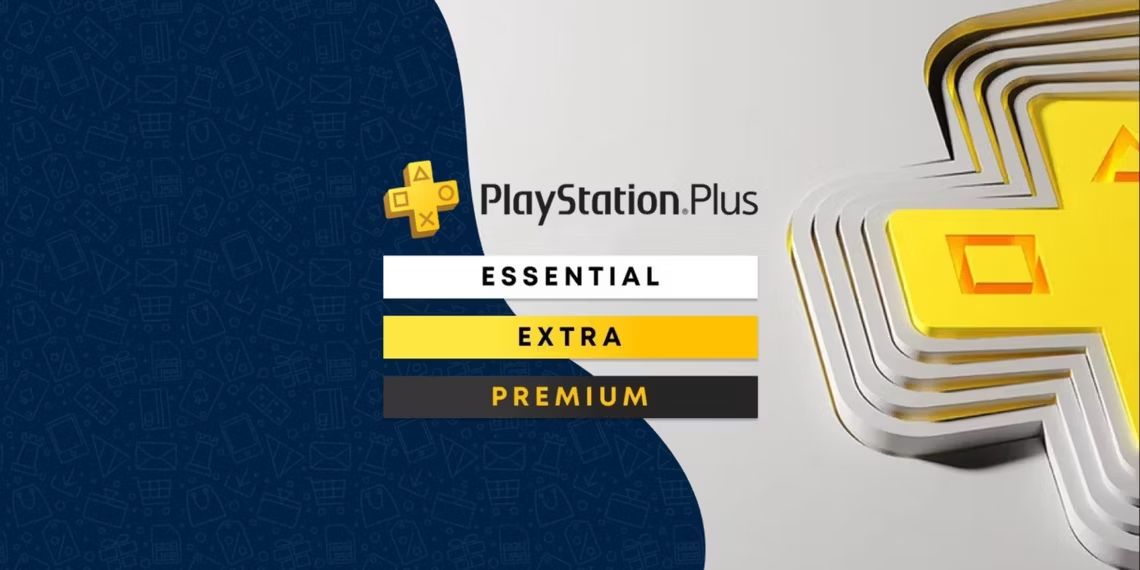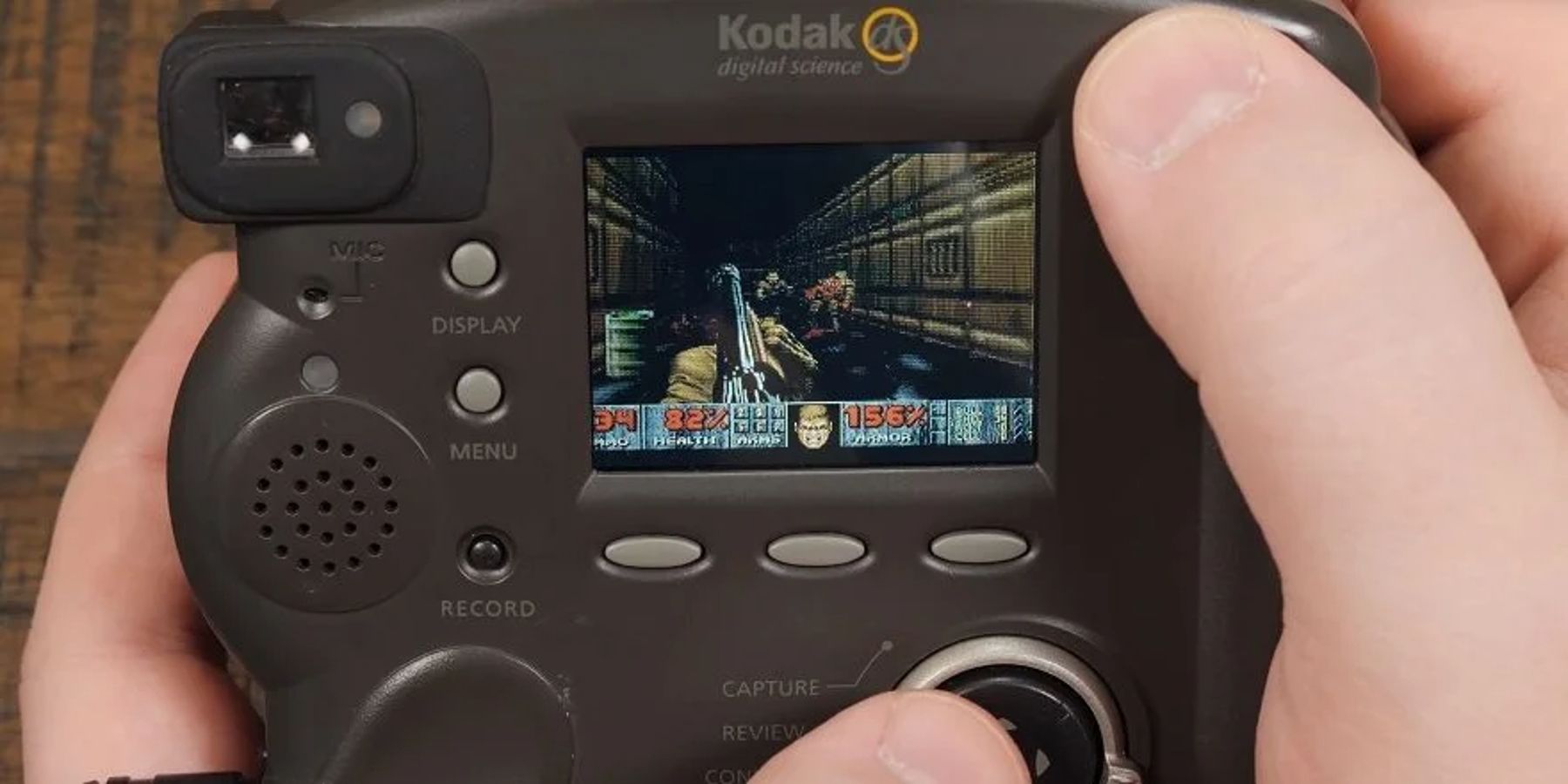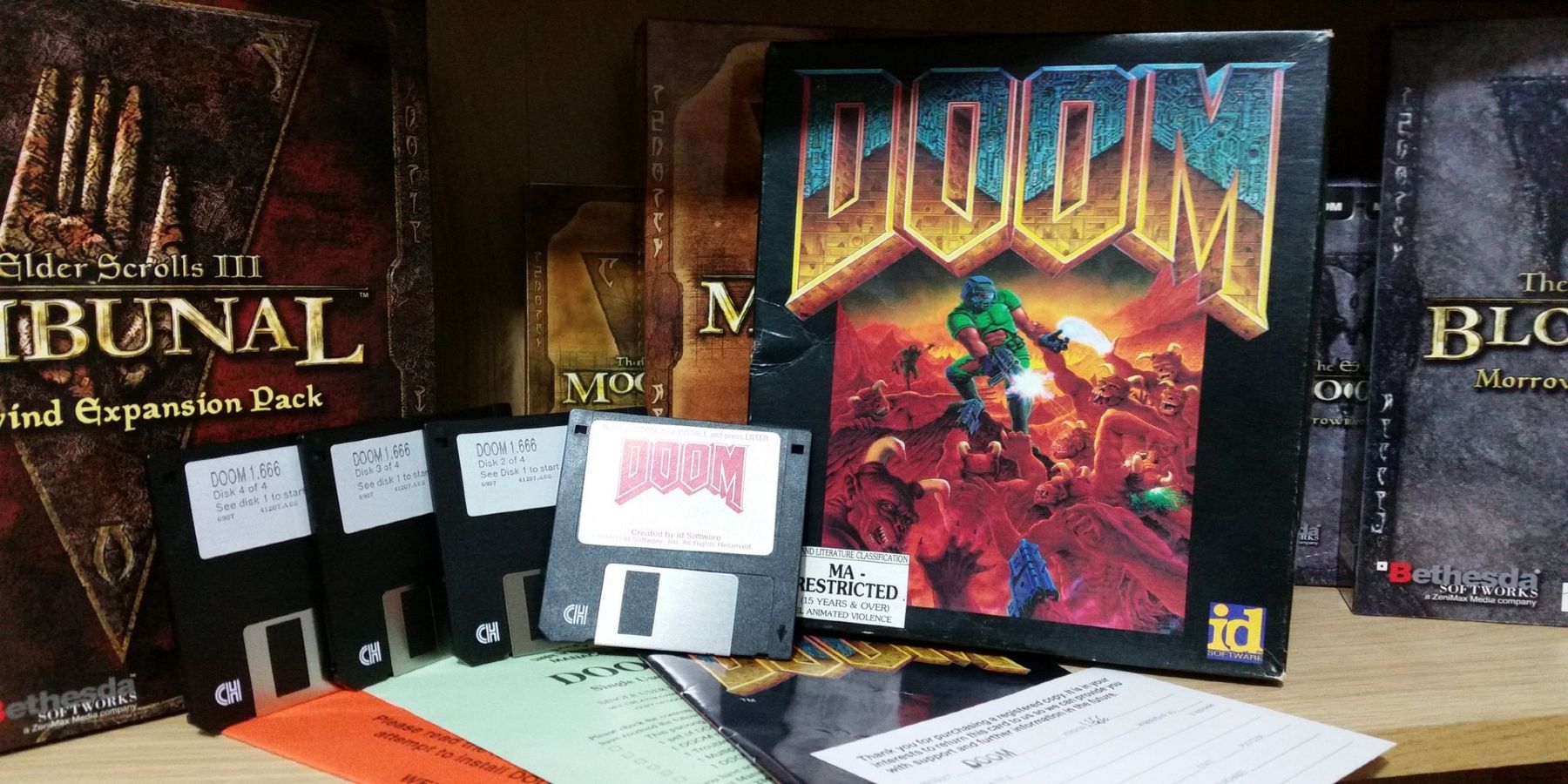Released back in 1993, few could have imagined the heights to which Doom would rise, making it one of the most successful PC games of its time. Today Doom continues to thrive across an expanse of films, tabletop games, novels, and comics, but chief among them is the rebooted series of games for next-gen consoles with the latest entry Doom: Eternal. It might be strange to learn then that even in spite of these recent games, the original Doom continues to be ported by players, and stranger still ported to all manner of gadgets and devices that were objectively not designed to play the infamous FPS.
Examples of Doom ports range from the weird to the downright bizarre, including the likes of high-end Apple Watches to outdated photocopiers and scanners. Understanding how this is possible is a first step to determining why players might want to continue to port this cult classic on toy chainsaws or grand pianos, and it could further help explain why avid programmers would go out of their way to create such unusual and creative ports. Whether it has become its own absurdist art form or if it's just a committed fan base keeping a formative game alive and well is anybody's guess, but there's no denying the trend has been hugely popular and shows no signs of faltering.
How Did The Trend Start
The reason why Doom is ported so readily is due to various factors behind its development and distribution. First and foremost, Doom broke tradition from other games of its time by being made publicly available as open-source and originally released as shareware by id Software. A Linux version of Doom's code was made available in 1997, but it didn't take long for programmers to reverse engineer its original 1993 version.
Moreover, without delving too deep into the technicalities, what helped programmers code with Doom was that it was written in C, renowned at the time for being far easier to port than other forms of code. Today C has backward compatibility with other languages such as C++ and a host of compilers for almost any platform. This also had the added bonus of only needing low hardware specifications in terms of processing power thanks to its efficient programming, meaning that Doom could run on even the lowest-performing PC.
It might seem incredibly strange to make the game so readily available without the outright need to purchase it, but it was thanks to these decisions by id Software that secured Doom's legacy as one the most formative games of the 90s and beyond. Huge modding communities had their beginnings with Doom, and thanks to the Doom engine, several other games series were born as well, including prominent examples such as Wolfenstein and Quake. It became a cultural phenomenon among players, leading to a swathe of similar Doom clones and changing even the language players had around gaming, gifting the industry terms such as "deathmatch" and "frag." Any gamer will have at least heard of Doom at some point, even if it's not their sort of game, as it is often revered as the grandfather of the FPS genre.
All these factors together helped bring about the perfect storm for Doom and its community, allowing it to outlive most other franchises of its time. Initial Doom ports may well have simply just been keeping the game alive even as the gaming scene moved on to greener pastures, but as Doom's longevity took root and the ports continued to grow, all it would need is one creative spark to generate a new kind of movement. The trend of unusual and weird Doom ports has become so prevalent and renowned that there are entire subreddits and Twitter pages dedicated to the cataloging and showcasing of all the weird and wonderful things players can play Doom on. There even exists collated lists of excellent examples of the wildest Doom ports, giving just a brief insight into how bizarre some of these ports can actually be.
Why Trend Is So Popular And Weird
Acknowledging that there are those creating ports to preserve Doom for posterity, there has been a significant divergence of programmers getting inventive with their ports doesn't align with this idea. Instead, their ports could be seen instead as either an expression of creativity or a testament to their own or the game's capabilities. For instance, though there is obviously no demand for such a port, programmers were able to get a fully functioning version of Doom to work on a Honeywell Prestige thermostat. From the aforementioned scanner to text-based terminals, it seems that so long as it has a screen of some kind and runs on a platform that Doom's code can be compiled to, just about anything can play Doom.
Just the existence of this fact alone could also be spurring the community on, whereby they could acquire some prestige by joining the ranks of many other programmers in developing the most sensational port imaginable. Excellent examples of these include the likes of ports existing on pregnancy tests, karaoke machines, digital cameras, and more. But the most extreme examples come from the likes of YouTuber Equalo who set out to find out how many potato batteries it would take to play Doom, ultimately settling to play it on a TI-84 graphing calculator after the initial plans to use a port on a Raspberry Pi fell through, and more distressingly the potatoes began to get moldy. Even in spite of this though the port was still functional, and Equalo was able to play Doom on the calculator, demonstrating not just the ingenuity of these ports to the absolute absurdity behind them.
Ultimately, some programmers may be porting Doom for their own simple pleasure, to preserve the game and maybe even enjoy reliving old memories. Others, however, might be attempting to aspire to internet fame akin to Equalo's potato-powered Doom, finding the most abstract and bizarre means possible to play a port of Doom, whether it's on a LEGO brick or a piano. It's these sorts of people who will continue to grab headlines as they push the envelope on what's possible to play Doom on, as the community has already established that really there's very little that couldn't do when they put their minds to it.
Regardless of which ports Doom fans might prefer, the still strong popularity of the trend is still a demonstration of the continuing legacy of Doom, not just for its technological achievements in programming but also for the cultural impact it made.






